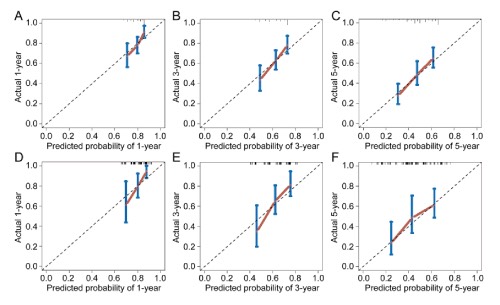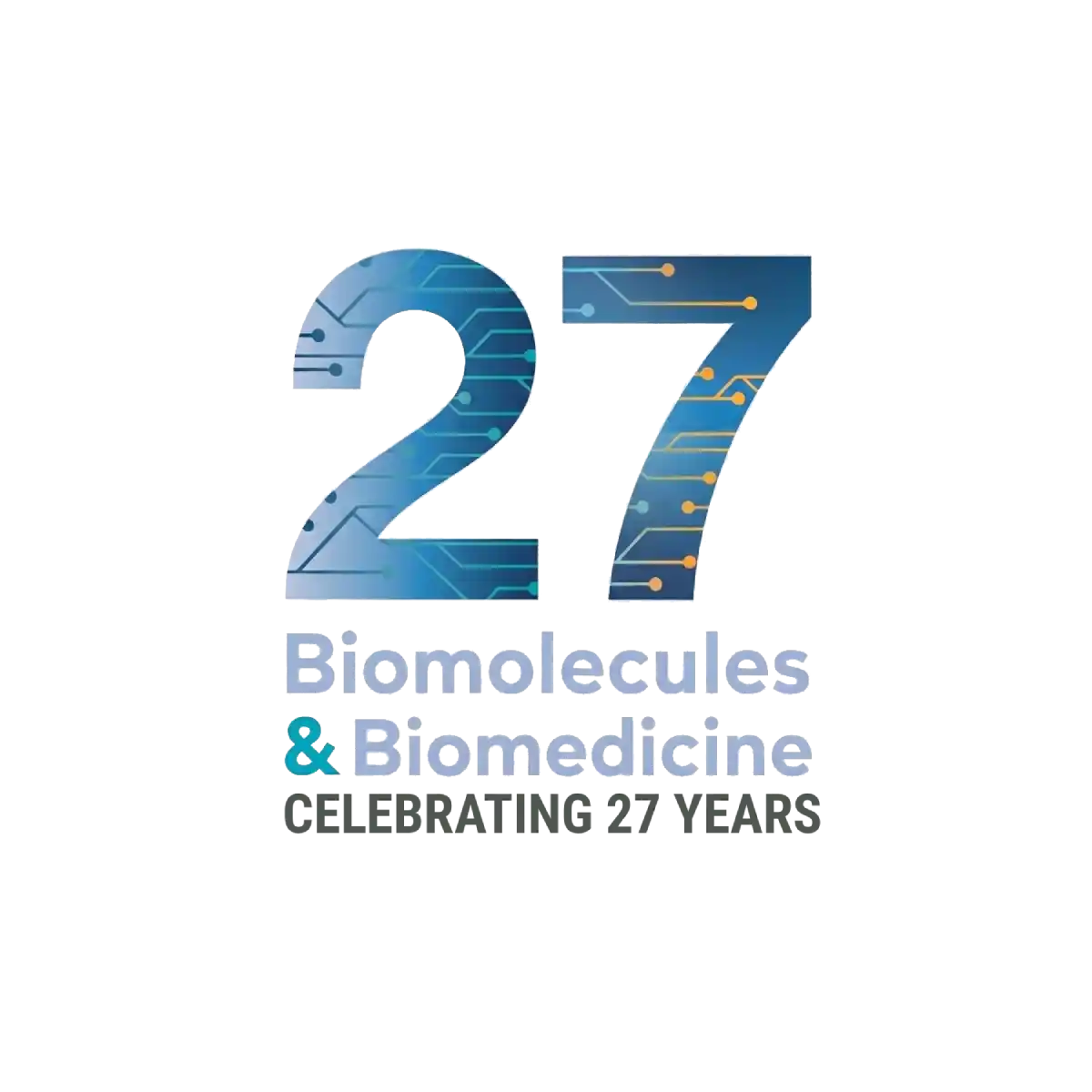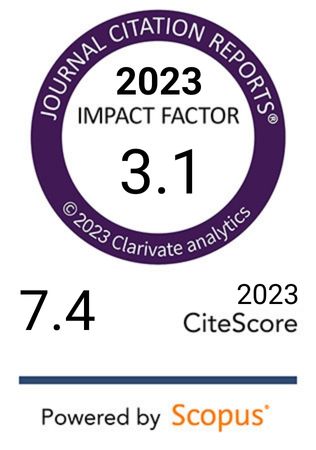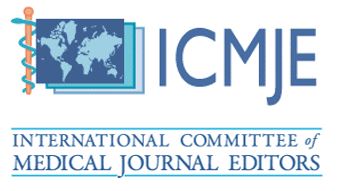Development and validation of the competing risk nomogram and risk classification system for predicting cancer-specific mortality in patients with cervical adenosquamous carcinoma treated via radical hysterectomy
DOI:
https://doi.org/10.17305/bb.2024.11217Keywords:
Competing risk nomogram, cervical adenosquamous carcinoma, cancer-specific mortality, radical hysterectomy, SEERAbstract
In this study, we established and validated a competing risk nomogram for predicting the cumulative incidence of cervical adenosquamous carcinoma (ASC)-specific death in patients undergoing radical hysterectomy. Patients diagnosed with ASC between 2010 and 2019 were retrieved from the Surveillance, Epidemiology, and End Results database. The cumulative incidence function for various variables influencing ASC-specific mortality was computed. A Fine–Gray competing risk model was used to identify independent predictors, formulating a competing risk nomogram. A multivariate Cox proportional hazards model was also applied for comparative analysis. The performance of the nomogram was assessed using metrics, such as the concordance index, receiver operating characteristic curves, calibration curves, and decision curve analysis. A corresponding risk classification system was constructed based on nomogram-derived scores. Factors, such as advanced age, racial background (Black race), higher tumor grade, increased tumor size, advanced TNM stage, and receipt of radiotherapy without chemotherapy, were found to be positively associated with elevated ASC-specific mortality. Additionally, age, T stage, M stage, and chemotherapy were identified as independent predictors correlated with ASC-specific mortality. The established nomogram exhibited accurate discriminatory capabilities and superior net benefits compared to the traditional TNM staging system. Additionally, the high-risk group consistently demonstrated higher probabilities of ASC-specific death in both the training and validation sets. The developed nomogram proficiently quantified the incidence of ASC-specific death in patients subjected to radical hysterectomy for ASC. This tool could help clinicians in formulating personalized treatment strategies and devising follow-up protocols.
Citations
Downloads

Downloads
Published
Issue
Section
Categories
License
Copyright (c) 2024 Jianying Yi, Jie Chen, Xi Cao, Lili Pi, Chunlei Zhou, Zhili Liu, Hong Mu

This work is licensed under a Creative Commons Attribution 4.0 International License.









